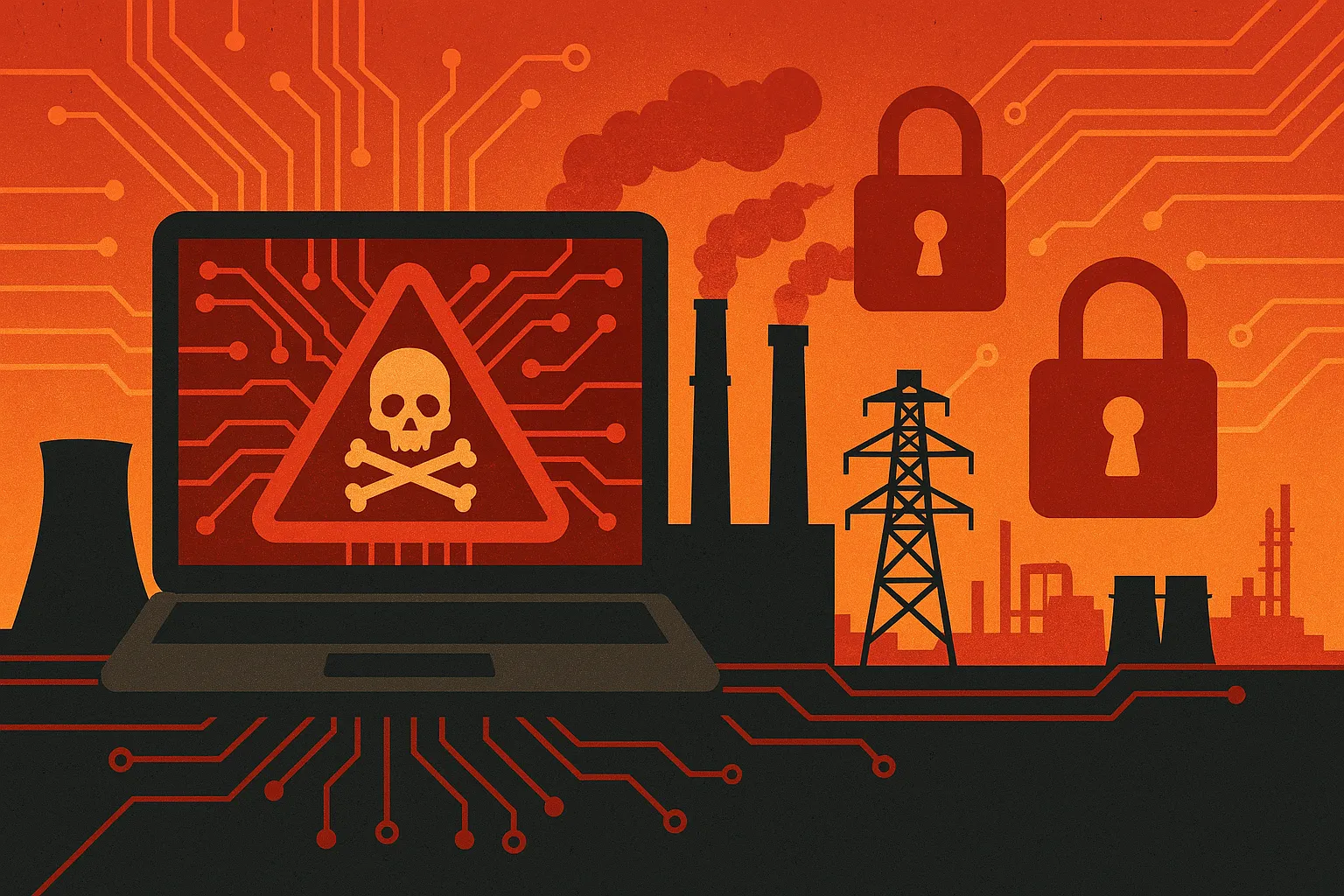The Rising Cyber Threat to Critical Infrastructure
As we step further into the digital era, the backbone of our societal functions—critical infrastructure like power grids, water supply, and telecommunications—faces increasing threats from cyberattacks. Understanding these attacks, their implications, and how to mitigate them is vital for national security and public safety.
Understanding Critical Infrastructure
Critical infrastructure consists of physical and cyber systems essential to the minimum operations of a society and economy. This includes sectors such as energy, water, transport, and healthcare. The interconnected nature of these systems with the cyber domain makes them vulnerable to attacks, which can lead to catastrophic consequences affecting millions.
Major Cyberattacks on Critical Infrastructure
Recent years have witnessed significant cyberattacks targeting these crucial sectors. For instance, the attacks on the Port of Seattle and Halliburton oilfields demonstrate the broad range of targets hackers choose and the diversity of tactics employed. Not only do these attacks cause immediate disruptions, but they also have long-lasting effects on national security and the economy.
Case Study: The Colonial Pipeline Attack
In May 2021, a ransomware attack led to the shutdown of the Colonial Pipeline, a critical fuel pipeline in the U.S., showcasing the disruptive potential of such cyber threats. This attack highlighted vulnerabilities in the energy sector and prompted renewed efforts in cybersecurity defenses across the industry.
The Role of National Governments
National governments play a pivotal role in protecting critical infrastructure from cyber threats. Recent actions by the U.S. government, such as disrupting a Chinese botnet used to hack critical infrastructure, show the ongoing battle between national defenses and foreign attackers looking to exploit vulnerabilities.
International Cyberespionage
The ongoing cyberespionage efforts by countries like China, as outlined by FBI Director Christopher Wray, indicate a strategic pattern of preemptive network infiltration by state-sponsored hackers. These activities are often a precursor to more disruptive attacks that could destabilize an entire nation's infrastructure.
Preventative Measures and Strategies
To counter these threats, entities managing critical infrastructure must adopt a layered security strategy that includes real-time threat detection, robust cybersecurity protocols, and regular system updates. In addition, fostering public-private partnerships and sharing real-time threat intelligence between companies and national agencies will enhance the collective security posture against these threats.
Conclusion: A Call to Action
The cybersecurity of critical infrastructure is not just a technical issue but a strategic imperative for national security. The stakes are high, as the impact of a successful attack can transcend physical and digital borders, affecting economic stability and public safety. Therefore, continued vigilance, investment in advanced security technologies, and international cooperation are essential to defend against these evolving cyber threats.
Key Takeaway
To safeguard our future, it is imperative that stakeholders across the board enhance their cybersecurity measures and collaborate more closely than ever before to protect critical infrastructure.

